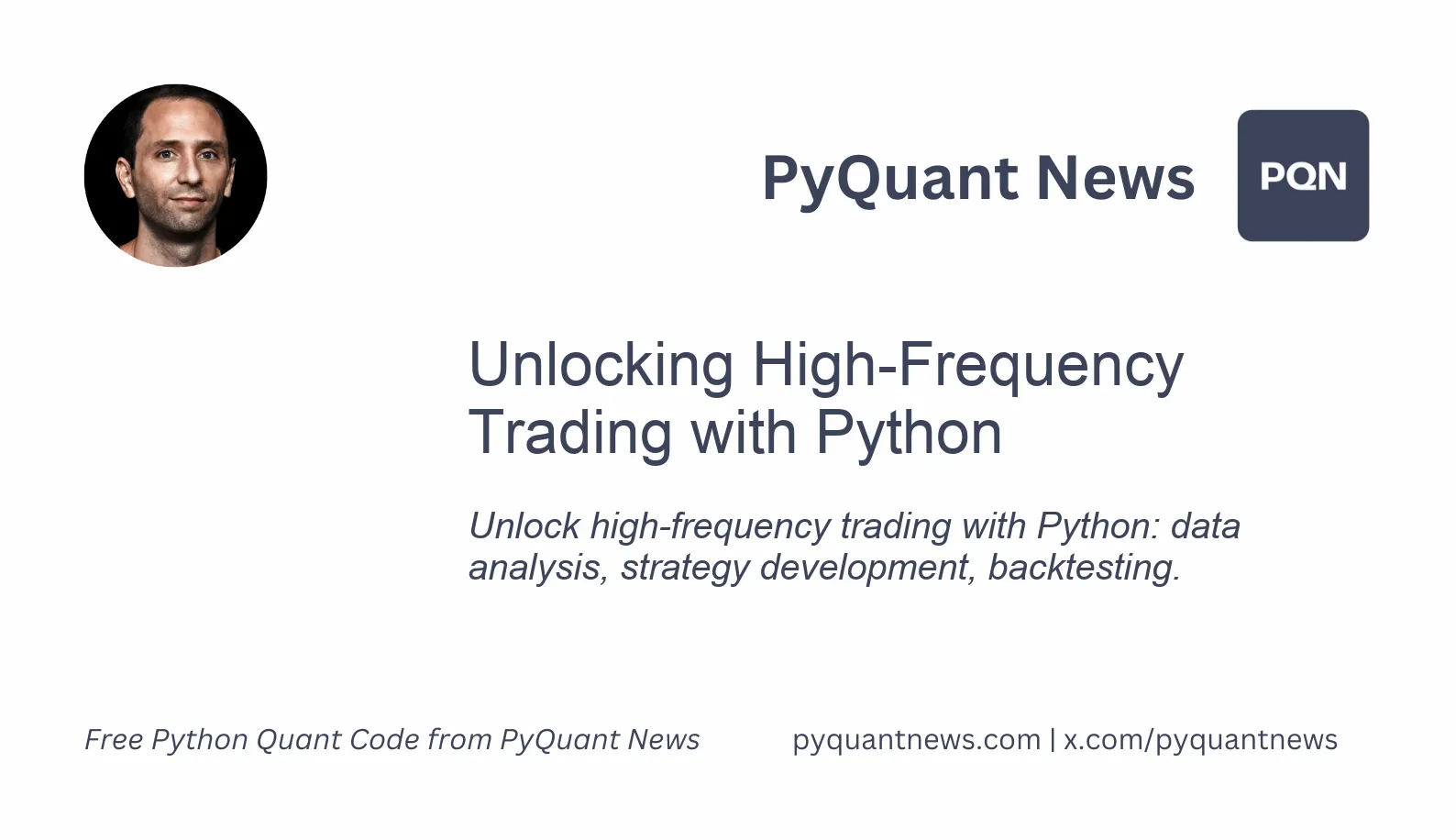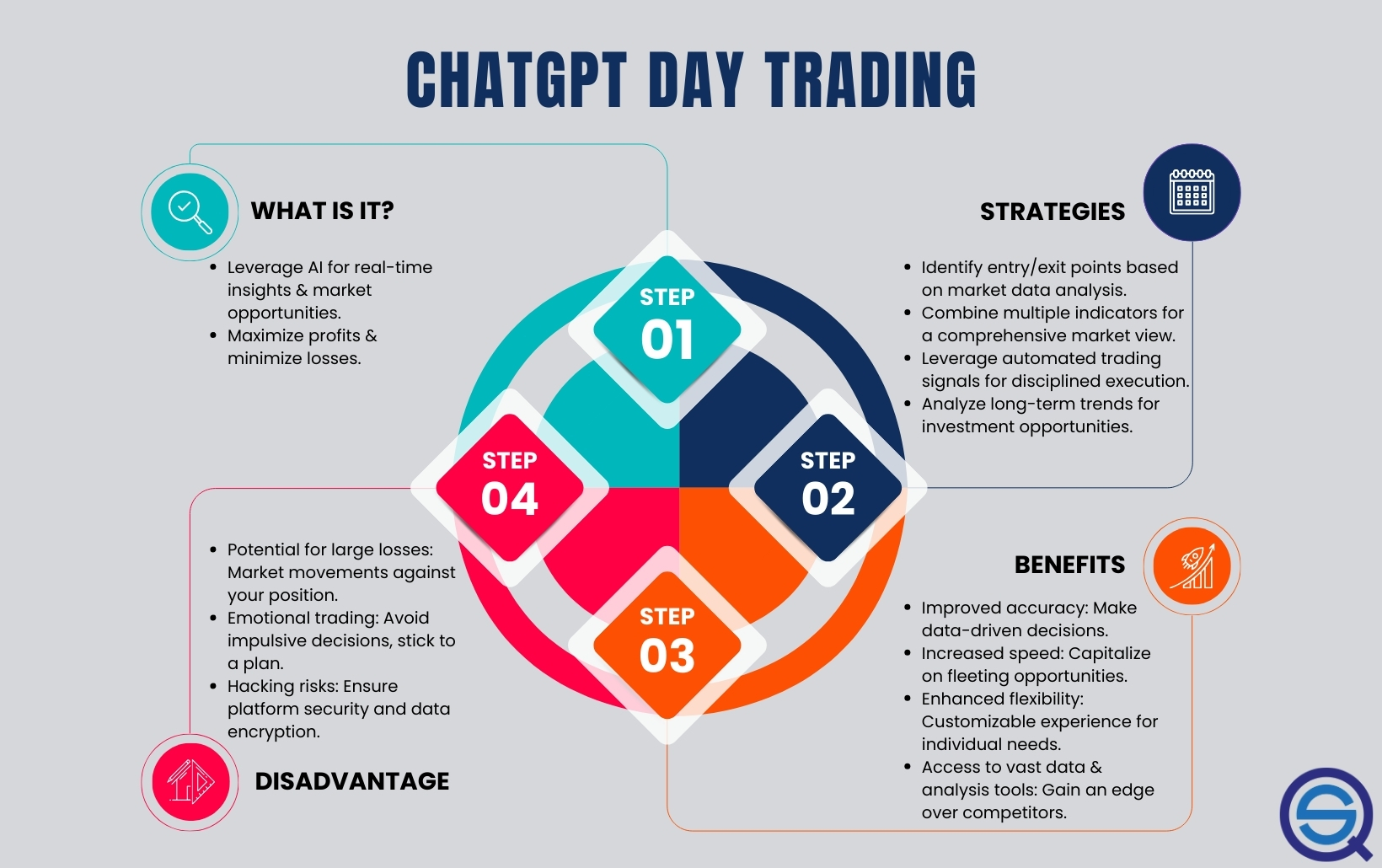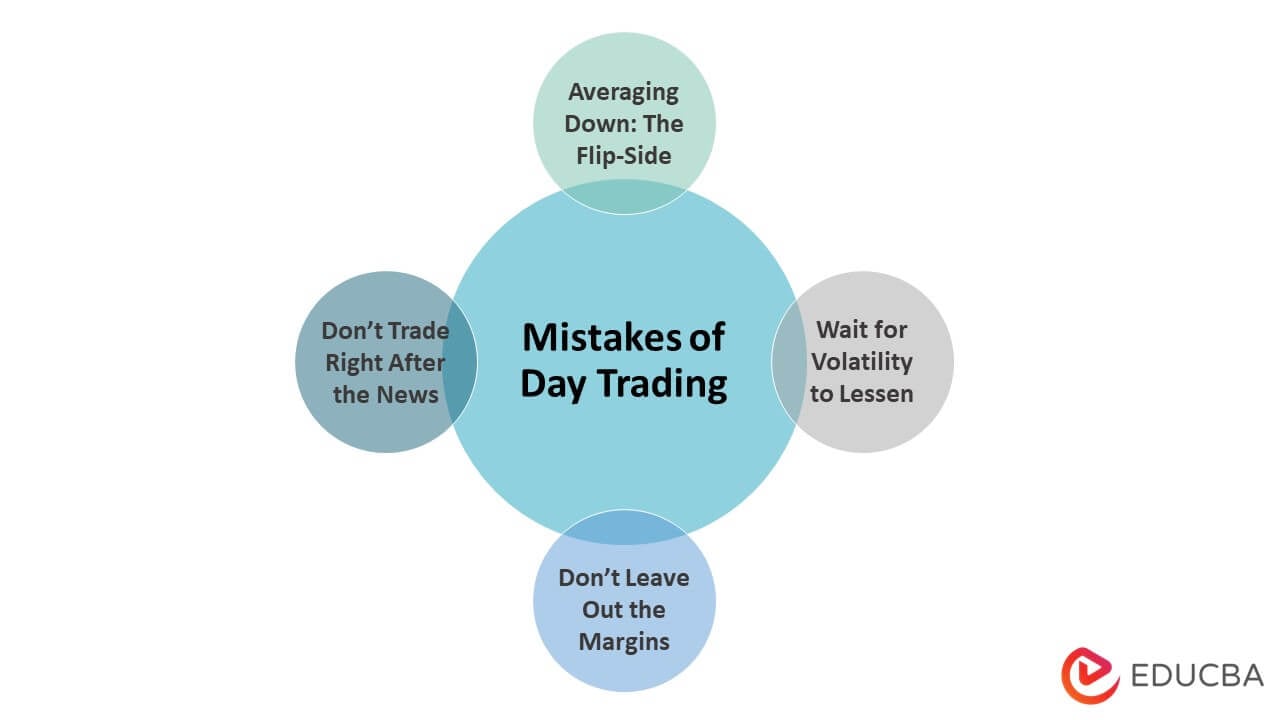Did you know that high-frequency trading can execute thousands of trades in just a single second? In this article, we delve into essential day trading strategies tailored for high-frequency trading. Discover the best approaches to kickstart your journey, the tools you need, and how to select the right broker. We also explore the risks involved and the impact of algorithms and market data on your strategies. Learn how to develop a solid trading plan, improve execution speed, and utilize backtesting for enhanced performance. Additionally, we’ll cover effective strategies for both beginners and seasoned traders, emphasizing the importance of liquidity and capital management. Finally, stay informed about common pitfalls, technical analysis, legal considerations, and market trends to ensure your success in high-frequency day trading with insights from DayTradingBusiness.
What are the best day trading strategies for high-frequency trading?
The best day trading strategies for high-frequency trading include:
1. Momentum Trading: Identify stocks with significant price movement and trade on the momentum, buying when prices rise and selling when they fall rapidly.
2. Scalping: Make quick trades to capture small price changes, holding positions for seconds to minutes. Focus on high liquidity stocks.
3. Arbitrage: Exploit price differences between markets or related assets. Buy in one market and sell in another for profit.
4. Market Making: Provide liquidity by placing buy and sell orders. Profit from the bid-ask spread while managing inventory risk.
5. Statistical Arbitrage: Use mathematical models to identify trading opportunities based on statistical relationships between securities.
6. News-Based Trading: React quickly to news events; trade on anticipated volatility following earnings reports or economic announcements.
Implementing these strategies requires advanced technology, real-time data analysis, and a solid risk management plan.
How can I start high-frequency day trading effectively?
To start high-frequency day trading effectively, follow these steps:
1. Choose a Reliable Broker: Select a broker with low latency and high-speed execution. Look for ones that specialize in high-frequency trading.
2. Develop a Trading Strategy: Focus on strategies like arbitrage, market making, or momentum trading. Backtest your strategies rigorously to ensure profitability.
3. Invest in Technology: Use advanced trading software and algorithms. A powerful computer and a fast internet connection are crucial for executing trades quickly.
4. Focus on Liquidity: Trade highly liquid stocks or assets to enter and exit positions without significant slippage.
5. Monitor Market Conditions: Stay updated on market news and trends that can impact prices. Use real-time data feeds for accurate decision-making.
6. Manage Risk: Implement strict risk management techniques, like stop-loss orders and position sizing, to protect your capital.
7. Analyze Performance: Regularly review your trades to identify patterns and improve your strategy. Adjust based on what works and what doesn’t.
By following these steps, you can start high-frequency day trading with a solid foundation.
What tools do I need for high-frequency trading?
For high-frequency trading, you need the following tools:
1. Trading Platform: Choose a low-latency platform like MetaTrader, TradeStation, or custom software tailored for speed.
2. Market Data Feed: Subscribe to real-time market data providers for fast and accurate information.
3. Algorithmic Trading Software: Use algorithms for executing trades automatically based on predefined criteria.
4. Backtesting Tools: Implement software to test your strategies against historical data, like QuantConnect or Amibroker.
5. Risk Management Tools: Utilize software to monitor and manage your risk exposure dynamically.
6. High-Speed Internet Connection: Ensure a robust and fast internet connection to minimize latency.
7. Server Infrastructure: Consider co-locating your servers near exchange data centers for optimal speed.
These tools are essential for executing high-frequency trading strategies effectively.
How do I choose the right broker for high-frequency trading?
Choose a broker for high-frequency trading by considering these key factors:
1. Execution Speed: Look for low-latency execution to ensure trades are processed quickly.
2. Commission Structure: Opt for a broker with competitive fees, as high-frequency trading involves numerous trades.
3. Trading Platform: Ensure the platform offers advanced tools, real-time data, and customizable features for optimal performance.
4. Market Access: Check if the broker provides access to multiple markets and asset classes.
5. Regulation and Security: Choose a regulated broker to ensure your funds are protected and the trading environment is secure.
6. Customer Support: Reliable support is crucial for resolving issues quickly during trading hours.
7. API Access: If you're using automated strategies, ensure the broker offers robust API support for seamless integration.
Evaluate these aspects to find a broker that aligns with your high-frequency trading strategy.
What are the risks associated with high-frequency day trading?
High-frequency day trading carries several risks, including:
1. Market Volatility: Rapid price changes can lead to significant losses.
2. Liquidity Risk: In volatile markets, it may be hard to quickly buy or sell positions.
3. Technology Failures: System outages or glitches can result in missed opportunities or unintended trades.
4. High Transaction Costs: Frequent trading increases commissions and fees, impacting profitability.
5. Emotional Strain: The fast pace can lead to impulsive decisions and burnout.
6. Regulatory Risks: Changes in regulations can affect trading practices and strategies.
Understanding these risks is crucial for anyone considering high-frequency day trading.
How do algorithms impact high-frequency trading strategies?
Algorithms drive high-frequency trading strategies by executing trades at lightning speed based on pre-defined criteria. They analyze vast amounts of market data to identify patterns, enabling traders to capitalize on small price movements. These algorithms can react to market changes in milliseconds, allowing traders to enter and exit positions rapidly, often leveraging arbitrage opportunities. Additionally, they help manage risk by automating stop-loss orders and optimizing trade execution. Overall, algorithms enhance efficiency and profitability in high-frequency trading by minimizing human error and maximizing reaction time.
What is the role of market data in high-frequency trading?
Market data in high-frequency trading (HFT) is crucial for making rapid, informed decisions. It provides real-time information on price movements, volume, and order flow, allowing traders to identify patterns and execute trades within milliseconds. Accurate and timely market data helps HFT firms to optimize their algorithms, manage risk, and take advantage of arbitrage opportunities. Without reliable market data, HFT strategies would fail to capitalize on fleeting market inefficiencies.
How do I develop a winning high-frequency trading plan?

To develop a winning high-frequency trading plan, follow these steps:
1. Define Objectives: Clearly state your profit targets and risk tolerance.
2. Market Selection: Choose markets with high liquidity and volatility, like forex or major stocks.
3. Data Analysis: Use historical data to identify patterns and price movements. Implement algorithmic strategies based on this analysis.
4. Technology Setup: Invest in high-speed trading software and ensure low-latency connections to exchanges.
5. Risk Management: Establish stop-loss orders and position limits to minimize losses.
6. Backtesting: Test your strategies on historical data to validate effectiveness before live trading.
7. Continuous Monitoring: Regularly analyze performance metrics and adjust strategies based on market conditions.
Stay disciplined and be prepared to adapt your plan as market dynamics change.
What techniques can improve my execution speed in trading?

To improve execution speed in day trading, consider these techniques:
1. Use Direct Market Access (DMA): This reduces latency by allowing you to place orders directly on the exchange.
2. Optimize Your Trading Platform: Ensure your software is fast and reliable. Close unnecessary applications that might slow down your system.
3. Choose High-Quality Internet: A stable, high-speed internet connection minimizes delays in order execution.
4. Leverage Algorithmic Trading: Use algorithms to execute trades automatically based on pre-set conditions, speeding up your response to market changes.
5. Utilize Hotkeys: Set up hotkeys for quick order entry and management, allowing you to react instantly.
6. Monitor Market Data Feed: Use a low-latency data feed to receive real-time information faster than competitors.
7. Trade Near the Exchange: If possible, use co-location services to place your servers close to the exchange's infrastructure.
8. Practice with Simulators: Regularly practice your strategy in a simulated environment to refine your execution skills.
Incorporating these techniques can significantly enhance your trading execution speed.
How can backtesting enhance my high-frequency day trading strategies?
Backtesting enhances high-frequency day trading strategies by allowing you to evaluate your trading ideas against historical data. It helps identify which strategies yield consistent profits, minimize risks, and refine entry and exit points. By analyzing past performance, you can optimize parameters and reduce emotional decision-making during live trading. This leads to more informed trades, improved execution, and better risk management. Ultimately, backtesting helps validate your strategy's effectiveness before deploying it in the fast-paced market.
Learn about How Do Prop Firms Affect Day Trading Strategies?
What are Effective Day Trading Strategies for Beginners and High-Frequency Traders?
High-frequency trading (HFT) strategies for day trading include market making, arbitrage, trend following, and statistical arbitrage. These strategies rely on algorithms to execute trades at high speeds, capitalizing on small price fluctuations. Successful HFT requires advanced technology, real-time data analysis, and a deep understanding of market microstructure.
Learn more about: Day Trading Strategies for Beginners
Learn about Backtesting Strategies for Effective Day Trading
What is the significance of liquidity in high-frequency trading?
Liquidity is crucial in high-frequency trading because it allows traders to execute large volumes of orders quickly without significantly impacting prices. High liquidity ensures tighter spreads, reduces slippage, and enables rapid entry and exit from positions, which are essential for maximizing profits in short timeframes. Without sufficient liquidity, high-frequency strategies can falter due to increased costs and delays in order execution.
How do I manage my capital for high-frequency trading?
To manage your capital for high-frequency trading, follow these steps:
1. Set a Budget: Determine how much capital you’re willing to risk. This should be a small percentage of your total investment portfolio.
2. Diversify Trades: Spread your capital across various assets to minimize risk. Avoid putting all your funds into a single trade.
3. Use Leverage Wisely: If using margin, understand the risks. Limit leverage to avoid significant losses.
4. Implement Risk Management: Set stop-loss orders to protect against large drawdowns. Aim for a risk-reward ratio of at least 1:2.
5. Monitor Positions Closely: High-frequency trading requires constant attention. Be ready to adjust positions quickly based on market movements.
6. Keep Costs Low: Choose a broker with low transaction fees since high-frequency trading involves numerous trades.
7. Review and Adjust: Regularly analyze your trading performance. Adjust your strategies and capital allocation based on what’s working and what’s not.
By following these strategies, you can effectively manage your capital and enhance your high-frequency trading performance.
What are common mistakes to avoid in high-frequency day trading?

Common mistakes to avoid in high-frequency day trading include:
1. Lack of a solid strategy: Trading without a clear plan can lead to impulsive decisions.
2. Ignoring risk management: Failing to set stop-loss orders can result in significant losses.
3. Overtrading: Excessive trades can increase transaction costs and reduce profitability.
4. Neglecting market research: Not staying updated on market news can lead to missed opportunities or losses.
5. Emotional trading: Allowing emotions to dictate trades can derail your strategy.
6. Poor execution timing: Delays in order execution can result in missed trades or unfavorable prices.
7. Inadequate technology: Using subpar tools can hinder your ability to react quickly.
Avoiding these pitfalls can enhance your chances of success in high-frequency day trading.
Learn about What Are Common Mistakes in Institutional Day Trading?
How can I use technical analysis for high-frequency trading?
To use technical analysis for high-frequency trading, focus on the following strategies:
1. Short Timeframes: Analyze charts in minute or second intervals to capture rapid price movements.
2. Indicators: Utilize indicators like Moving Averages, RSI, and MACD to identify entry and exit points quickly.
3. Volume Analysis: Pay attention to volume spikes; they often precede significant price changes.
4. Price Patterns: Look for patterns like triangles or flags that indicate potential breakouts.
5. Order Book Insights: Monitor the order book for real-time supply and demand fluctuations.
6. Algorithmic Trading: Implement algorithms that can execute trades based on predefined technical signals.
7. Backtesting: Test your strategies on historical data to refine your approach before live trading.
8. Risk Management: Set strict stop-loss and take-profit levels to minimize losses and secure profits.
By combining these elements, you can effectively leverage technical analysis for high-frequency trading.
Learn about How to Use Technical Analysis for Day Trading ETFs
What are the legal considerations in high-frequency day trading?
Legal considerations in high-frequency day trading include compliance with SEC regulations, ensuring accurate reporting of trades, and avoiding market manipulation practices like spoofing. Traders must understand the rules around wash sales and pattern day trading to avoid penalties. Additionally, firms must register as broker-dealers if they execute trades on behalf of others, and they need to implement adequate risk management and compliance protocols. Understanding insider trading laws is crucial to ensure that no non-public information is used for trading decisions.
How can I stay updated on market trends for high-frequency trading?
To stay updated on market trends for high-frequency trading, follow these steps:
1. Subscribe to financial news platforms like Bloomberg, Reuters, or CNBC for real-time updates.
2. Join trading forums and communities on platforms like Reddit or Discord to share insights with other traders.
3. Use Twitter to follow industry experts and news accounts that focus on high-frequency trading and market trends.
4. Read research papers and reports from financial institutions and academic journals on trading strategies and market analysis.
5. Attend webinars and conferences focused on algorithmic and high-frequency trading to gain expert insights.
6. Utilize trading platforms that offer advanced analytics and market data to monitor trends and price movements closely.
Consistently using these resources will keep you informed about the latest developments in high-frequency trading.
Learn about How to Stay Updated on AI Trends in Day Trading?
Conclusion about Day Trading Strategies for High-Frequency Trading
In summary, successful high-frequency day trading requires a comprehensive understanding of various strategies, tools, and market dynamics. It’s essential to choose the right broker, manage risks effectively, and leverage algorithms and market data for optimal execution. For those looking to excel, continuous learning and adaptation are crucial. Partnering with experts at DayTradingBusiness can provide the guidance needed to navigate these complexities and enhance your trading journey.
Learn about What Is the Impact of High-Frequency Trading on Institutional Day Trading?